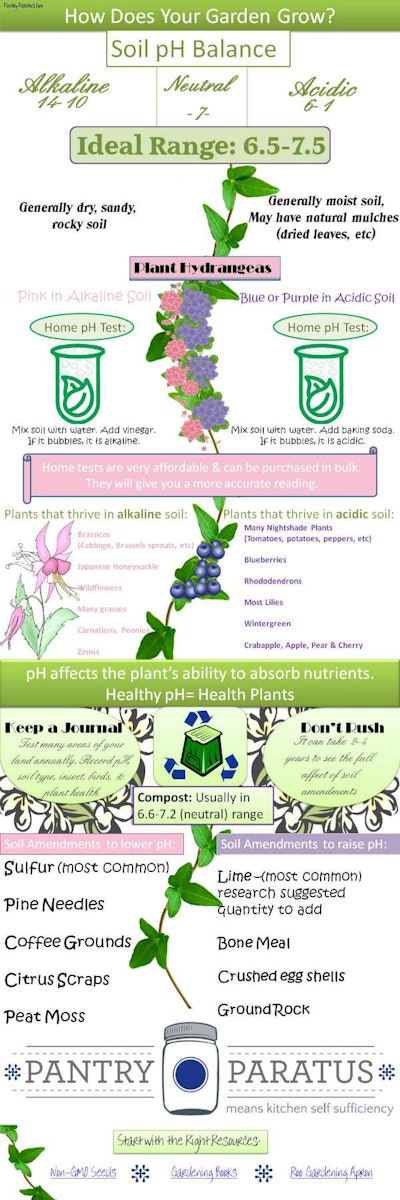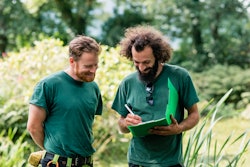
Not all soil should be treated the same.
Before plants should even enter the ground, landscapers should be testing and checking to make sure the soil is fertile for plants to survive.
If soil lacks the proper nutrients, it can lead to reduced plant vigor and increased changes for attracting disease, insects and drought, according to a resource from John Deere Landscapes.
“Routine soil testing is a great tool to help point out nutrient deficiencies and surpluses, soil pH, and Cation Exchange Capacity (CEC),” the resource states. “Understanding the test results allows for the selection of the appropriate fertilizer or amendments to help correct deficiencies and other problems to optimize the uptake of fertilizer nutrients by the plant.”
Typically, the best soil for turfgrass, shrubs and flowers is a soil pH between six and seven, Deere says. Most soil nutrients are available when the pH is 6.5. If pH drops below six, the soil will become more acidic and manganese and aluminum become more soluble.
It’s more than just understanding it’s important to take a soil sample, however. Landscapers need to know how to take a good soil sample.
Simply sticking a shovel in the ground is not going to cut it. In fact, it takes a few times of poking and prodding the soil to really get a good sample.
The University of Minnesota Extension Office gave a few tips on how to get the best soil sample:
- Sample garden soils and soils to be used for establishing a lawn or turf to a depth of 6 inches.
- Sample established turfgrass to a depth of 3 inches.
- For trees and shrubs, sample to a 12 inch depth.
- Soils sampled for lead because of health concerns with young children, should be sampled separately to a depth of 3/4 inch or to the depth to which a child may be exposed.
- Complete the information sheet, giving all the information requested. The recommendations can be only as good as the information supplied.
“Take five to 10 subsamples for relatively small areas (less than 1,000 square feet) in home lawns, flower borders and gardens,” the Extension says. “Take 10 to 15 subsamples for larger turfgrass areas like industrial grounds and athletic fields. Collect the subsamples in a clean plastic pail, mix the soil thoroughly, and put about one pint of this mixture in a sample bag or box.”
To get a proper soil pH, landscapers should always have it properly tested. However, there are a few ways to get an initial idea about the soil.
Check out this infographic from Pantry Paratus to get an inside scoop on what thrives and dies in particular soils.










